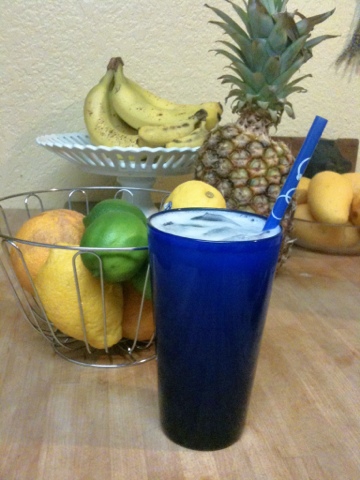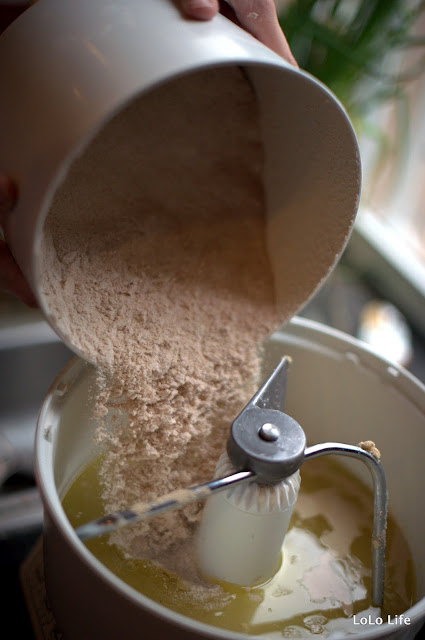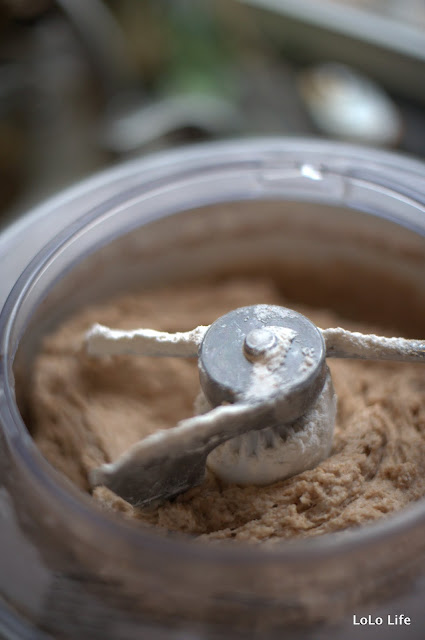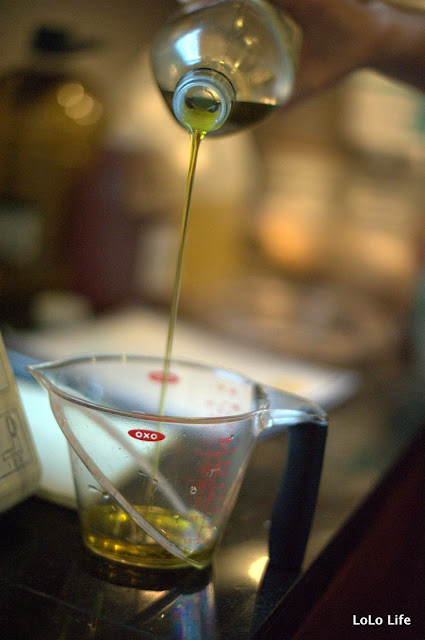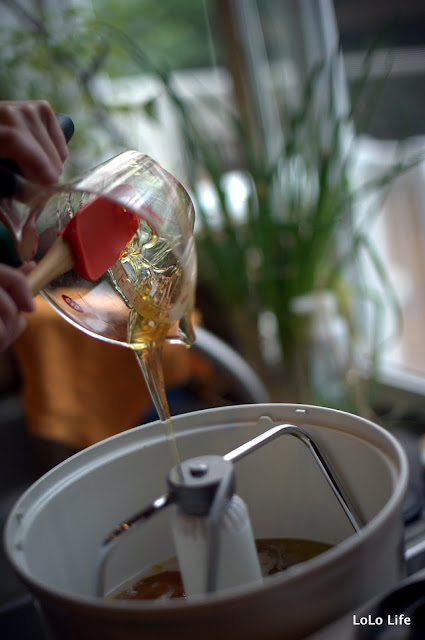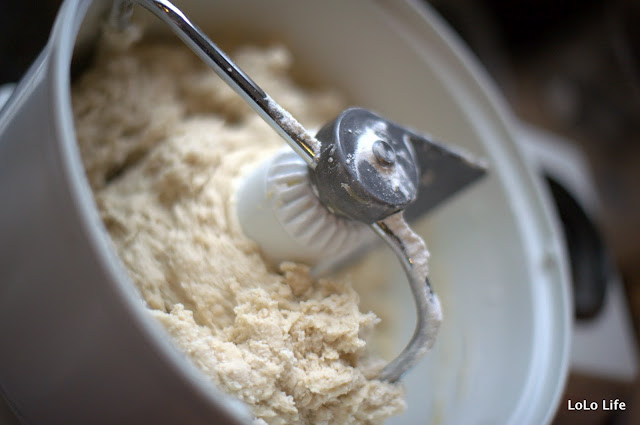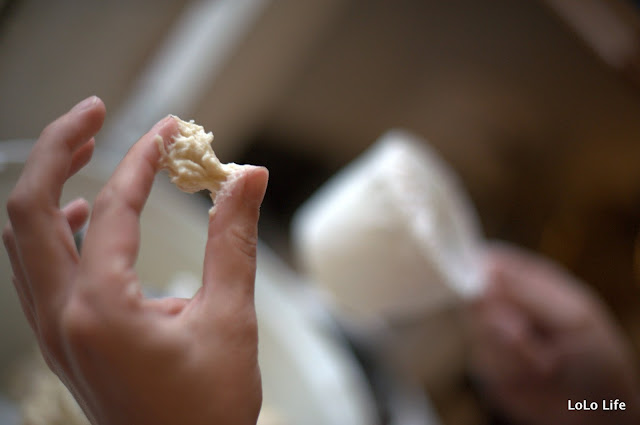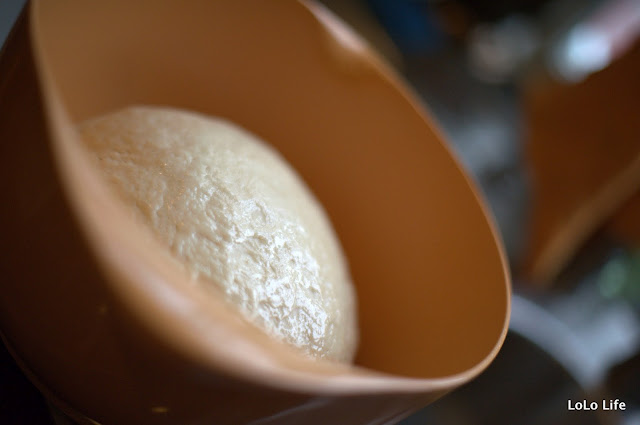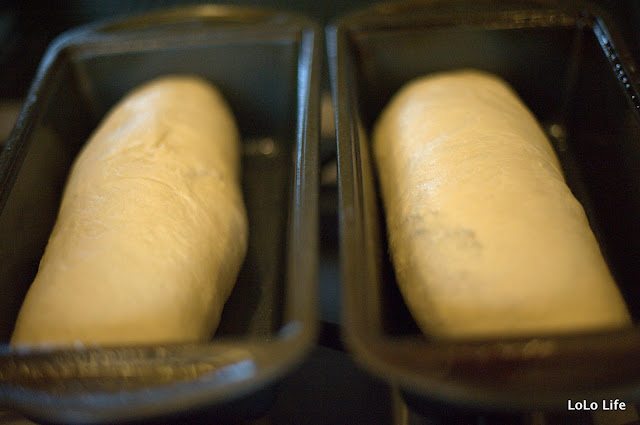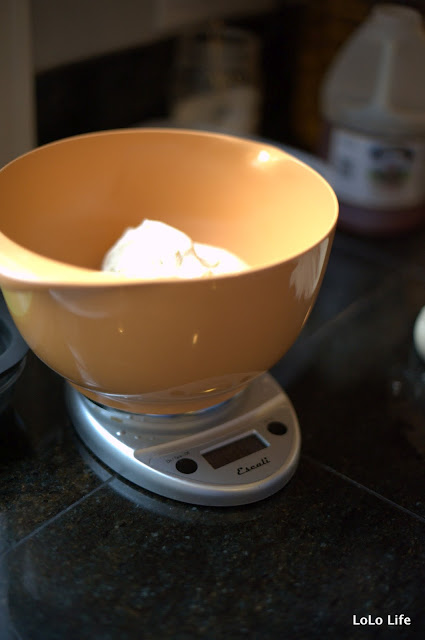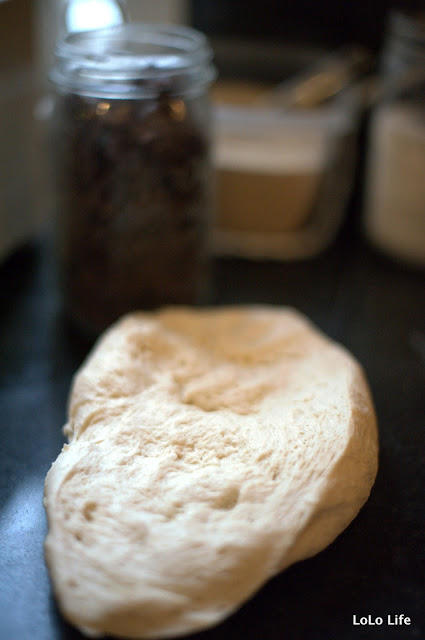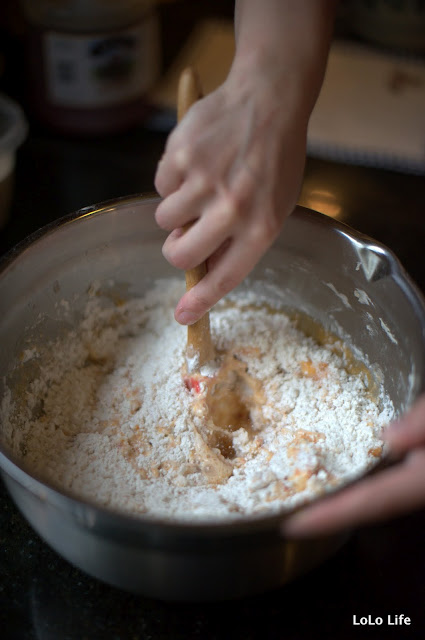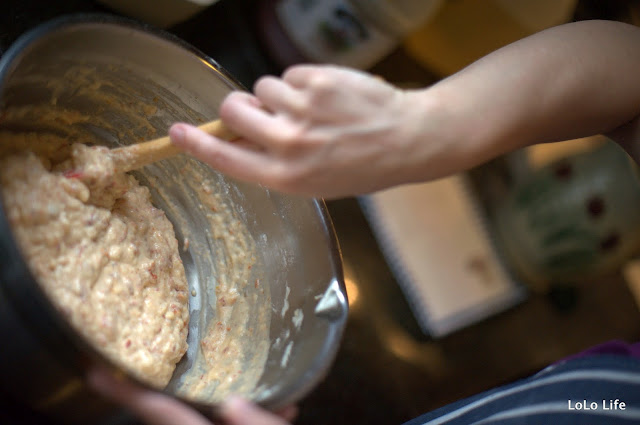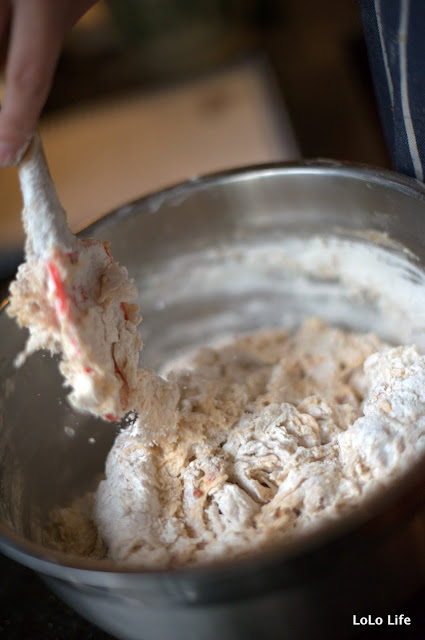This can be done in the oven, in the crock pot, or in a skillet (with ground beef.) It's very good- a little tangy, a tiny bit sweet. Beyond the ketchup, there's no added sugar.
The original recipe is from Taste of Home, 2007.
1 boneless beef chuck roast (about 3 lbs.)
2 tsp salt, divided
1 tsp pepper, divided
2 Tbsp vegetable oil
2 cups water
1 cup ketchup
1 large onion, chopped
1/4 cup cider vinegar
1/4 cup worcestershire sauce
1 Tbsp chili powder
1 garlic clove, minced
12 kaiser rolls, split
Season beef with 1 tsp each salt and pepper. Brown in hot oil and drain. Combine water, ketchup, onion, vinegar, worcestershire sauce, chili powder, garlic and remaining salt and pepper. Pour over meat. Cover and bake at 325 degrees for 2 1/2-3 hours or until meat is tender. (Or in crock pot on low 6-8 hours.) Remove roast; slice. Skim fat from cooking juices. Return meat to the pan and heat through. Serve on rolls.
My stove top variation for a quick weeknight dinner: Brown 1 lb ground beef. When about 3/4 done, add 1/3 cup ketchup, 2 tbsp vinegar, 2 tbsp worcestershire sauce, 2 Tbsp dried onion, a dash of granulated garlic, and some chili powder (or smoked paprika.) Serve over mashed potatoes.
The original recipe is from Taste of Home, 2007.
1 boneless beef chuck roast (about 3 lbs.)
2 tsp salt, divided
1 tsp pepper, divided
2 Tbsp vegetable oil
2 cups water
1 cup ketchup
1 large onion, chopped
1/4 cup cider vinegar
1/4 cup worcestershire sauce
1 Tbsp chili powder
1 garlic clove, minced
12 kaiser rolls, split
Season beef with 1 tsp each salt and pepper. Brown in hot oil and drain. Combine water, ketchup, onion, vinegar, worcestershire sauce, chili powder, garlic and remaining salt and pepper. Pour over meat. Cover and bake at 325 degrees for 2 1/2-3 hours or until meat is tender. (Or in crock pot on low 6-8 hours.) Remove roast; slice. Skim fat from cooking juices. Return meat to the pan and heat through. Serve on rolls.
My stove top variation for a quick weeknight dinner: Brown 1 lb ground beef. When about 3/4 done, add 1/3 cup ketchup, 2 tbsp vinegar, 2 tbsp worcestershire sauce, 2 Tbsp dried onion, a dash of granulated garlic, and some chili powder (or smoked paprika.) Serve over mashed potatoes.
